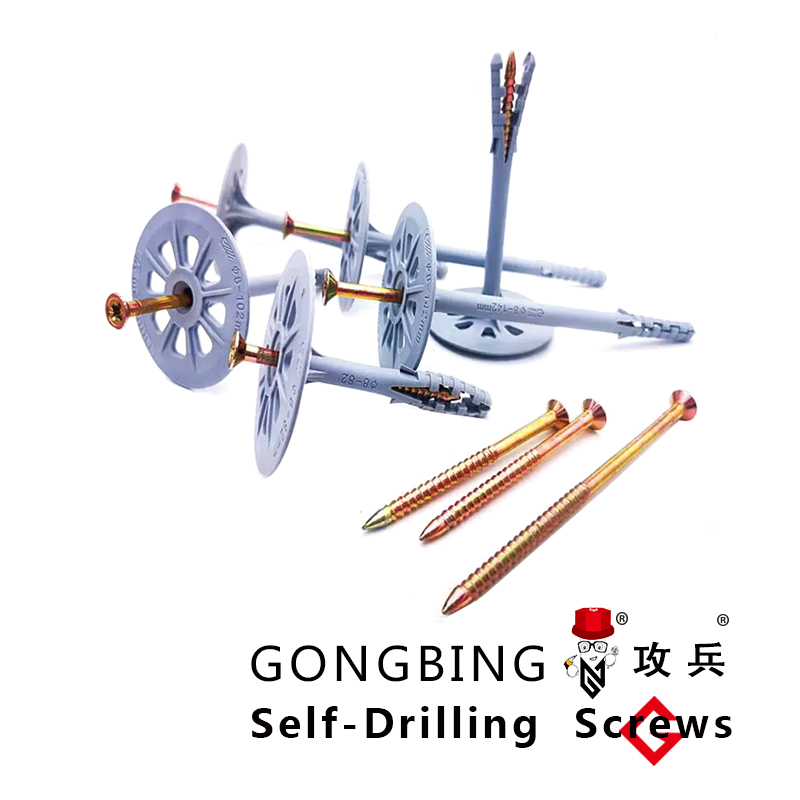The basic scenario of resistive switching in TiO2 (Jameson et al., 2007) assumes the formation and electromigration of oxygen vacancies between the electrodes (Baiatu et al., 1990), so that the distribution of concomitant n-type conductivity (Janotti et al., 2010) across the volume can eventually be controlled by an external electric bias, as schematically shown in Figure 1B. Direct observations with transmission electron microscopy (TEM) revealed more complex electroforming processes in TiO2 thin films. In one of the studies, a continuous Pt filament between the electrodes was observed in a planar Pt/TiO2/Pt memristor (Jang et al., 2016). As illustrated in Figure 1C, the corresponding switching mechanism was suggested as the formation of a conductive nanofilament with a high concentration of ionized oxygen vacancies and correspondingly reduced Ti3+ ions. These ions induce detachment and migration of Pt atoms from the electrode via strong metal–support interactions (Tauster, 1987). Another TEM investigation of a conductive TiO2 nanofilament revealed it to be a Magnéli phase TinO2n−1 (Kwon et al., 2010). Supposedly, its formation results from an increase in the concentrations of oxygen vacancies within a local nanoregion above their thermodynamically stable limit. This scenario is schematically shown in Figure 1D. Other hypothesized point defect mechanisms involve a contribution of cation and anion interstitials, although their behavior has been studied more in tantalum oxide (Wedig et al., 2015; Kumar et al., 2016). The plausible origins and mechanisms of memristive switching have been comprehensively reviewed in topical publications devoted to metal oxide memristors (Yang et al., 2008; Waser et al., 2009; Ielmini, 2016) as well as TiO2 (Jeong et al., 2011; Szot et al., 2011; Acharyya et al., 2014). The resistive switching mechanisms in memristive materials are regularly revisited and updated in the themed review publications (Sun et al., 2019; Wang et al., 2020).


